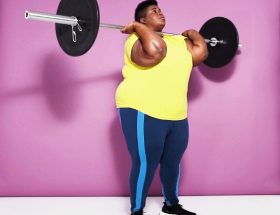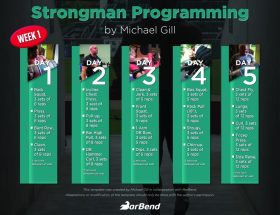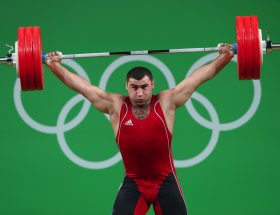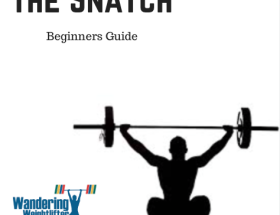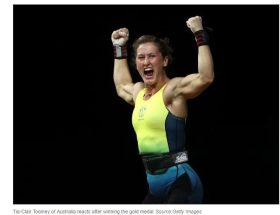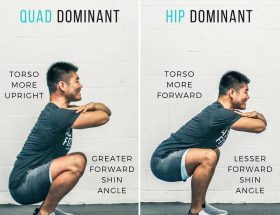Bodybuilding is a popular and widely pursued form of exercise and physical fitness that focuses on building muscle mass and strength through weightlifting and specialized training. However, like any other field, bodybuilding is not immune to its fair share of myths and misconceptions. In this article, we will debunk some common bodybuilding myths and present the facts behind them.
Myth 1: More Protein Equals More Muscle
One of the most prevalent myths in the bodybuilding community is that consuming excessive amounts of protein will automatically lead to more muscle gain. While protein intake is indeed crucial for muscle growth, the idea that more protein equates to more muscle is misleading. In reality, the body can only utilize a certain amount of protein efficiently, with the rest being excreted.
According to leading experts in sports nutrition, the optimal daily protein intake for muscle building ranges from 0.6 to 0.9 grams per pound of body weight. Consuming excessive protein beyond these levels won’t provide any additional benefits and may even strain the kidneys and liver.
Myth 2: Women Should Avoid Weightlifting
Another common myth is that women should steer clear of weightlifting or resistance training to avoid becoming overly muscular or “bulky.” This misconception stems from a misunderstanding of how women’s bodies naturally respond to strength training. In reality, women have significantly lower levels of testosterone compared to men, making it much harder for them to build large muscles.
Weightlifting is an excellent way for women to sculpt their bodies, increase their metabolism, and improve overall strength. Rather than making women “bulky,” weightlifting helps them achieve a toned and lean physique. Strength training also provides numerous health benefits, such as improving bone density and reducing the risk of osteoporosis.
Myth 3: Cardio is the Only Way to Lose Fat
While cardiovascular exercises certainly play a role in burning calories and aiding fat loss, they are not the sole determinant of success. Many people falsely believe that endless hours on the treadmill or elliptical are necessary to shed unwanted body fat. However, strength training and resistance exercises are equally essential in achieving a lean and muscular physique.
Strength training not only helps build muscle, which increases the body’s metabolic rate, but it also stimulates the production of growth hormone, which promotes fat burning. Combining strength training with cardiovascular exercises can yield better and faster results than relying solely on cardio workouts.
Myth 4: Supplements are the Key to Success
The supplement industry is massive, with countless products promising to enhance muscle growth, strength, and overall performance. However, many people fall into the trap of relying solely on supplements to achieve their bodybuilding goals. While some supplements can be beneficial when used correctly, they are not magic pills that substitute hard work and dedication.
Proper nutrition, training consistency, and sufficient rest are the primary factors that drive progress in bodybuilding. Supplements should only be used as supplements, not replacements for a well-rounded diet and training program. It is always advisable to consult with a healthcare or fitness professional before incorporating any supplements into your routine.
Myth 5: You Must Always Lift Heavy
Contrary to popular belief, lifting heavy weights is not the only way to stimulate muscle growth. While heavy lifting can be an effective way to build strength, it is not the sole determinant of muscle gains. Moderate and lighter weights can also facilitate muscle growth and provide other benefits, such as improved muscle endurance.
Varying the intensity, sets, and repetitions in a workout routine can help target different muscle fibers and stimulate growth from various angles. Additionally, incorporating techniques like drop sets, supersets, and plyometrics can enhance muscle development and prevent plateaus in progress.
Myth 6: Bodybuilders Shouldn’t Do Cardio
Some people believe that cardio exercises have no place in a bodybuilder’s routine. However, cardiovascular exercise not only improves overall cardiovascular health but can also enhance recovery and aid in muscle growth. Engaging in regular cardio sessions promotes better blood flow, delivering essential nutrients and oxygen to the muscles.
While endurance-based cardio like long-distance running may interfere with muscle gains, incorporating shorter, high-intensity interval training (HIIT) sessions can be highly beneficial. HIIT helps burn fat while preserving muscle mass and can be easily integrated into a bodybuilder’s training program without compromising gains.
Conclusion
As with any popular discipline, bodybuilding has its fair share of myths and misconceptions. It is essential to separate fact from fiction to optimize results and avoid unnecessary pitfalls. By understanding the science behind bodybuilding and dispelling these common myths, individuals can design effective training and nutrition plans that align with their goals, ultimately leading to success in this pursuit of physical fitness.

